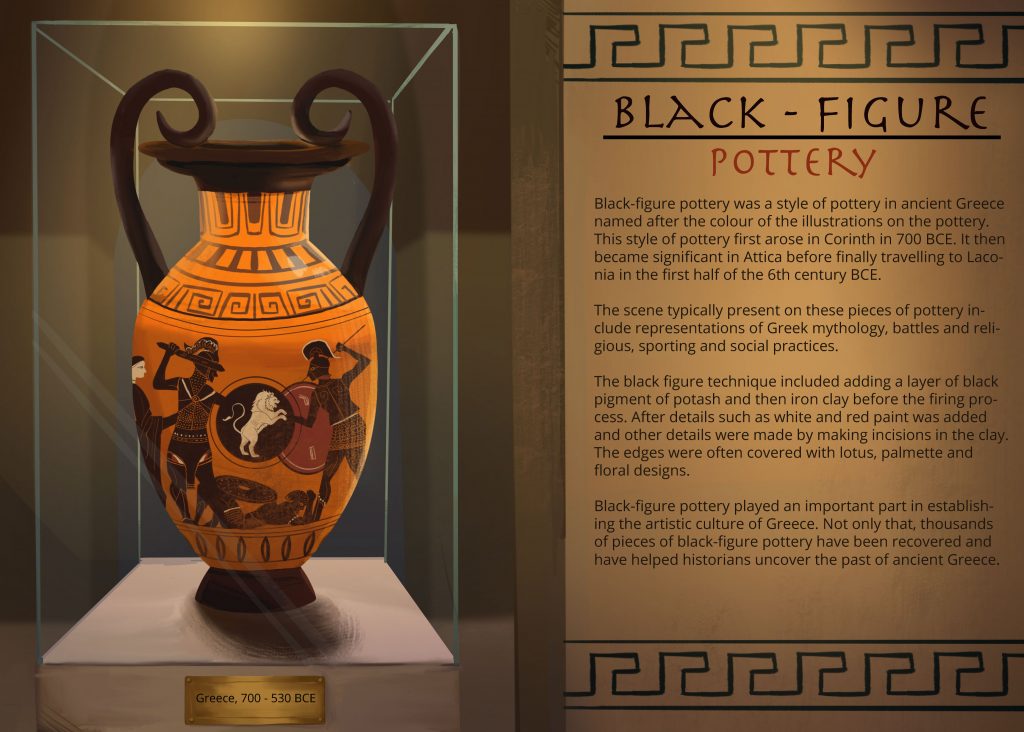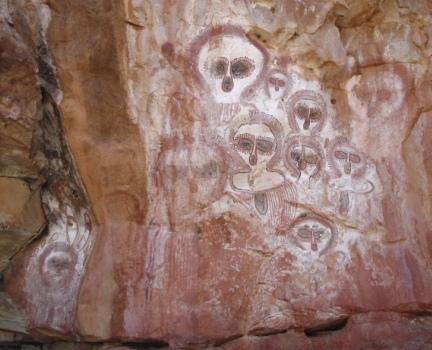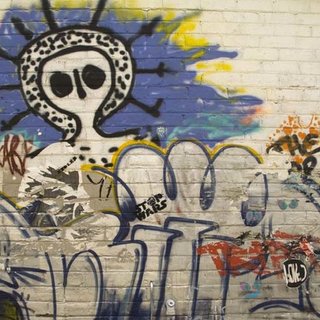Oct 20th, 2022, by Maren Brophy
The Book of Kells: The beginning of text and image becoming one
The Book of Kells (c. 800 CE), is one of the most famous examples of medieval illuminated manuscripts. Illuminated manuscripts were hand-made books based most often on Christan texts and stories. The book is made up of four gospels. On each of the 340 pages of the manuscript, there are 16 to 18 lines of writing in a style known as “insular majuscule. However, the text is not the star of the show in the Book of Kells, the illuminations are. In comparison, many other illuminated manuscripts were created with the text written first and then the illumination added afterwards; in contrast, the Book of Kells focused more on the visual side making the art the centrepiece of the manuscript.
The History of the Book of Kells
While it is not fully known who created the book, many believe that it was Columbian monks off the coast of Scotland in Lona, one of the oldest Christian centres of western Europe. The monks were believed to have been raised in the monastery founded by the Irish Monk St. Columba. According to this telling of the story, the book was brought to Kells in Ireland when the Vikings raided Lona. Presently, the book is on display at the library of Trinity College, Dublin.
Iona (/aɪˈoʊnə/; Scottish Gaelic: Ì Chaluim Chille (IPA:[ˈiːˈxaɫ̪ɯimˈçiʎə]), sometimes simply Ì; Scots: Iona) is a small island off the west coast of Scotland. It is one of the oldest Christian centers of western Europe and it is where many believe the book was created initially.
Illuminated Manuscripts in the Book of Kells
As for the craft behind the book of Kells, the pages were made from vellum, a material created from calfskin. Along with the high-quality paper, The Book of Kells also features rich colours and Indigo, chalk and gypsum were used to make a handful of these wonderful colours. When looking closer at the manuscript, we can see that one square inch of a design in the Book of Kells revealed 158 ribbonlike interlacings. The pages are filled with tightly interlocking spirals and other geometric patterns along with depictions of humans, animals and mythical creatures all of which are placed together to create mind-blowing scenes and pages. This is why the book of Kells is recognized universally as the most magnificent example of medieval illuminations.
An incredibly detailed page from the Book of Kells demonstrating the detailed shapes and patterns used.
The Symbolism Behind The Book of Kells
Depictions of Christian stories and significant figures can be seen throughout the book and give us insight into the symbolism of the illuminations. For example, on Fol. 7v, is the earliest surviving image of the Virgin Mary and baby Jesus. Contrary to the biblical descriptions of Mary coming from humble origins, the Book of Kells shows her as royal seated upon a jewel-encrusted throne and wearing purple (the colour of royalty). The section in the book covering the Gospel of Matthew is introduced with a Portrait of Jesus. At the top of Folio 32v there is a miniature of Christ surrounded by peacocks; peacocks are repeatedly seen throughout the book and are symbols of Christ.
Virgin and child in the Book of Kells Fol. 7v. The earliest known depiction of the Virgin Mary and Christ.
Conclusion
The Book of Kells remains one of the most beautifully illuminated manuscripts in history providing us insight into the past of illuminated manuscripts and Christianity. A large part of my family is of Celtic or Irish heritage, which has sparked an interest in Celtic history and art in me, which is why I chose to research this artifact. As an artist, the incredible paintings in the Book of Kells serve as a huge source of inspiration and awe for me and many others.
References
Mark, J. J. (2022, October 19). Book of Kells. World History Encyclopedia. Retrieved October 21, 2022, from https://www.worldhistory.org/Book_of_Kells/
Brief History – Book of Kells. (n.d.). Retrieved October 21, 2022, from https://www.people.vcu.edu/%7Edjbromle/color-theory/color04/laura/bookofkells.htm
Medievalists.net. (2022, March 13). Book of Kells: Ireland’s Medieval Treasure. Retrieved October 21, 2022, from https://www.medievalists.net/2022/03/book-of-kells-irelands-medieval-treasure/
Claddagh Design. (2014, July 8). Irish Treasures: The Book of Kells. Retrieved October 21, 2022, from https://www.claddaghdesign.com/blogs/irish-interest/irish-treasures-the-book-of-kells
Ruud, J. (2014). Book of Kells. In J. Ruud, Encyclopedia of medieval literature (2nd ed.). Facts On File. Credo Reference: https://ezproxy.capilanou.ca/login?url=https://search.credoreference.com/content/entry/fofmedieval/book_of_kells/0?institutionId=6884
Flinn, F. K. (2016). Book of Kells. In F. K. Flinn, Encyclopedia of world religions: Encyclopedia of Catholicism (2nd ed.). Facts On File. Credo Reference: https://ezproxy.capilanou.ca/login?url=https://search.credoreference.com/content/entry/fofc/book_of_kells/0?institutionId=6884



